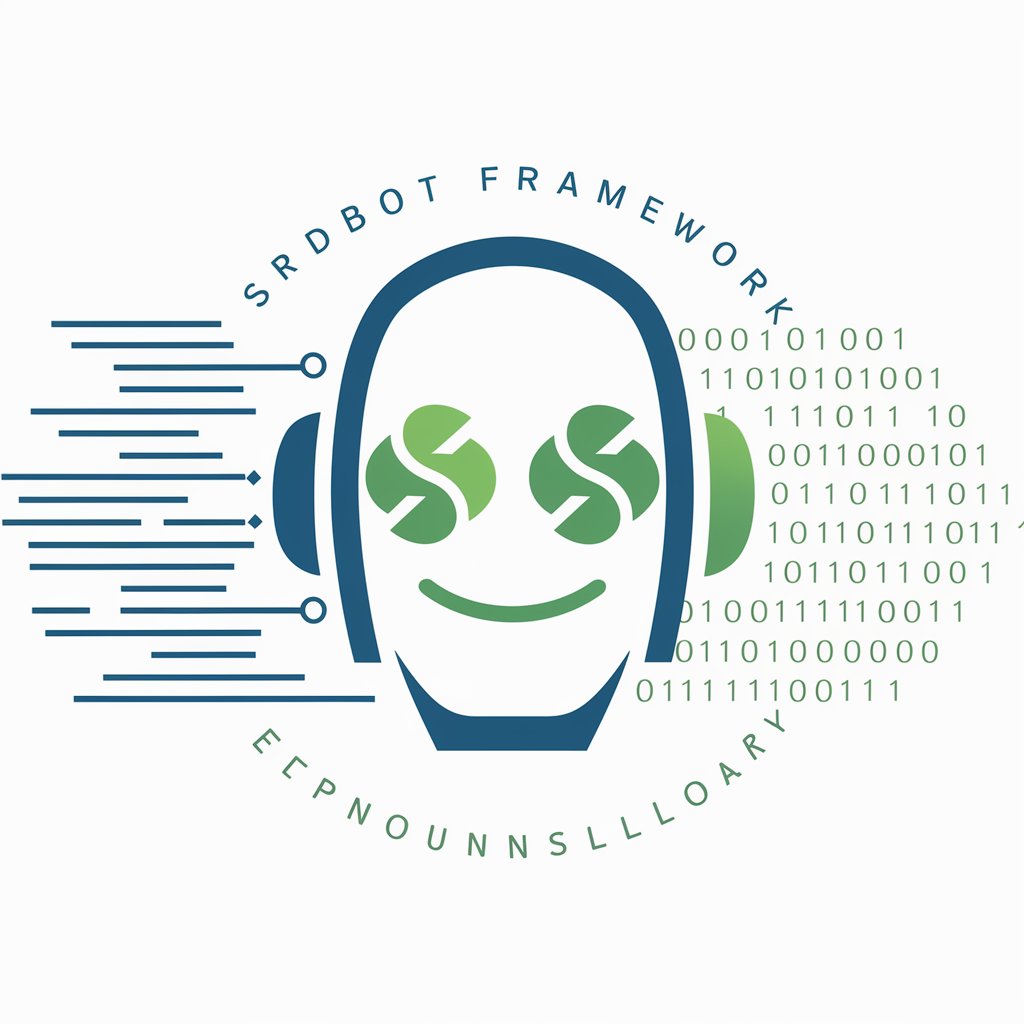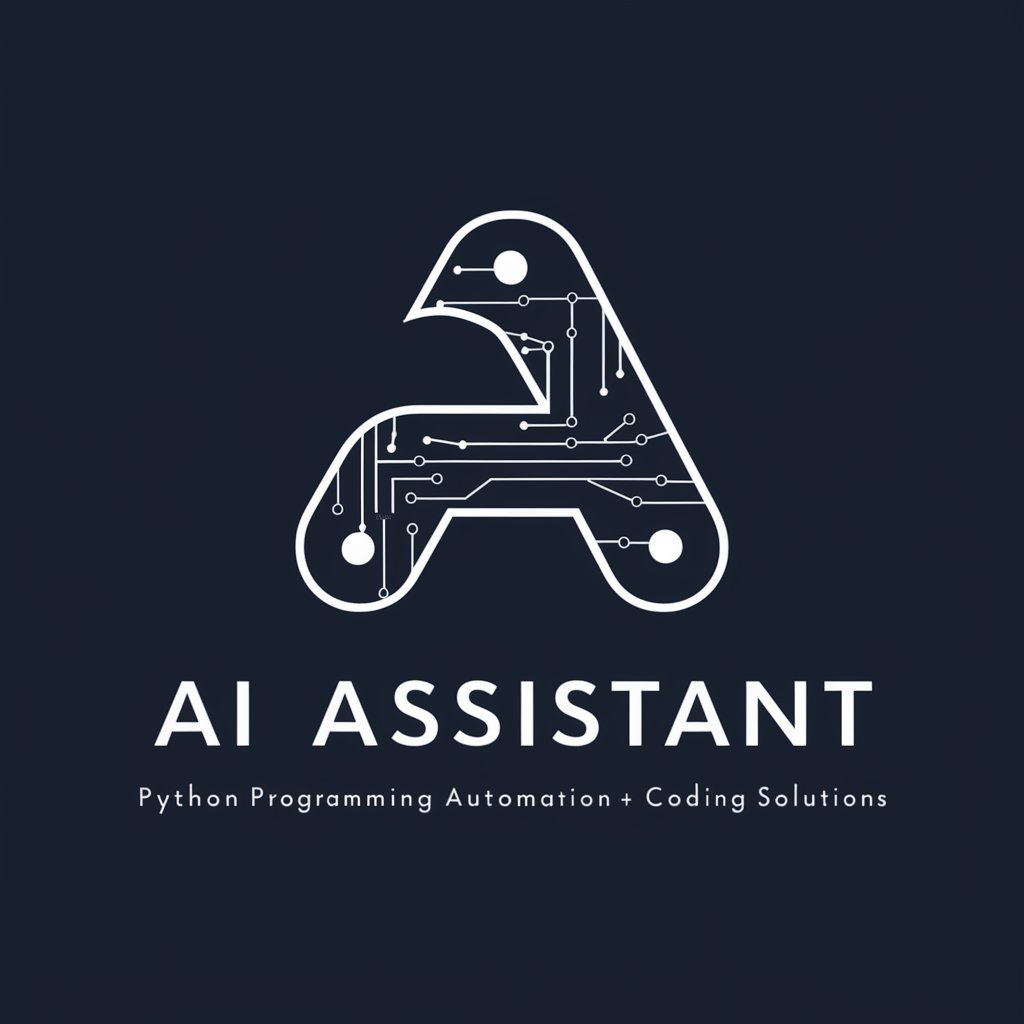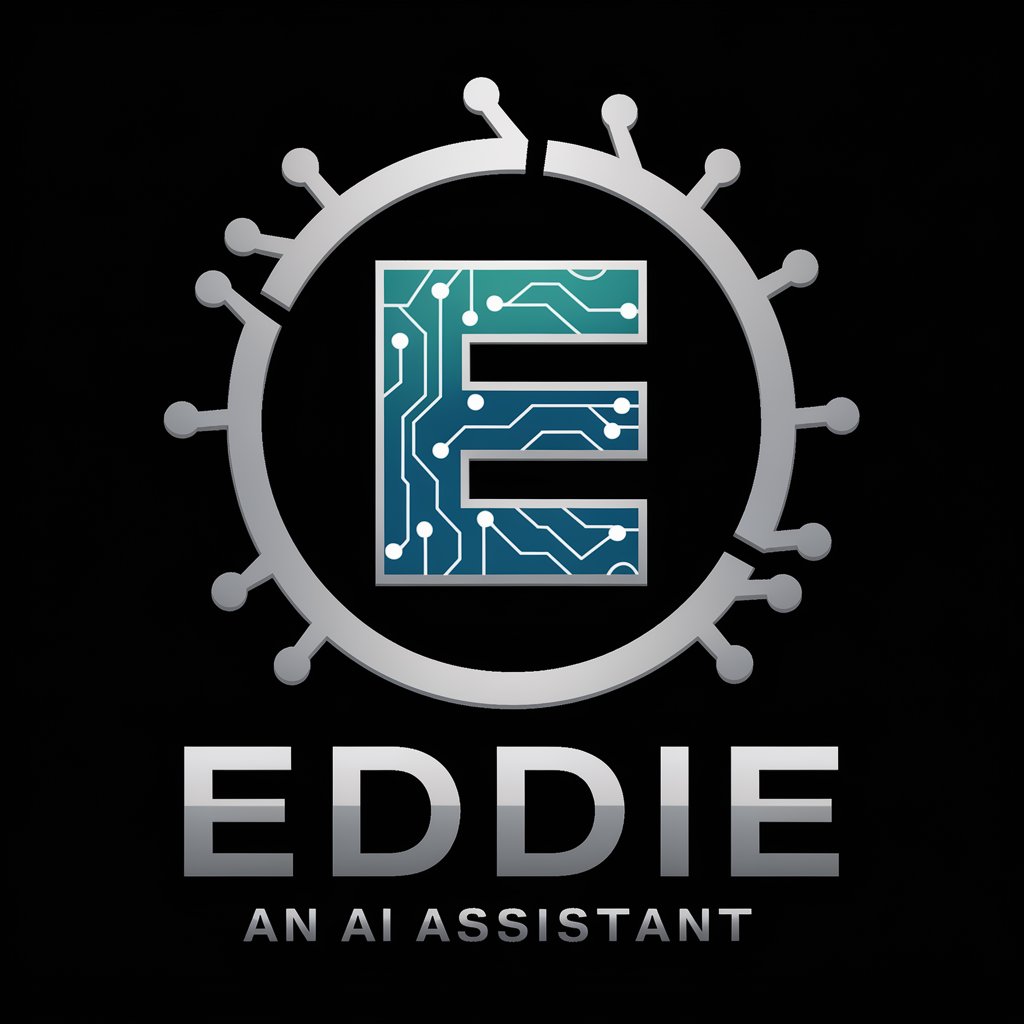Spring - flexible Java framework

Hello! How can I assist you with Spring development today?
Power your Java applications with AI
Can you help me debug my Spring Boot application that is showing a 404 error?
What is the best way to implement security in a Spring Boot project?
How can I optimize the performance of my Spring application?
Could you provide an example of a RESTful service using Spring Boot?
Get Embed Code
Overview of Spring Framework
Spring is a comprehensive framework designed to simplify the development of Java applications. At its core, Spring facilitates dependency injection and provides infrastructure support for developing Java apps. It enables developers to create high-performing, reusable code without the direct dependency on the installation environment. Spring’s modularity allows it to be used piecemeal or as a complete solution, supporting both traditional, monolithic applications and the latest cloud-native developments. Examples include configuring enterprise applications with Spring Core, simplifying database interactions with Spring Data, and creating microservices with Spring Boot. Powered by ChatGPT-4o。

Core Functions of Spring Framework
Dependency Injection
Example
Spring's IoC container lets applications dynamically assign object dependencies at runtime rather than during compile time. This is fundamental for applications where configuration changes frequently but does not require recompilation.
Scenario
An e-commerce application where the payment service can be switched between PayPal and Stripe without changing the code.
Aspect-Oriented Programming
Example
Enables clean separation of concerns, particularly useful for implementing cross-cutting concerns such as transactions or logging.
Scenario
In a banking app, logging access to sensitive operations or automatically managing transactions without invading business logic code.
Data Access
Example
Spring simplifies interactions with persistence technologies like JDBC, JPA or Hibernate, reducing boilerplate code significantly.
Scenario
An application uses Spring Data repositories to manage database operations without direct JDBC code, making the code cleaner and more maintainable.
Transactional Management
Example
Spring provides programmatic and declarative transaction management which helps in maintaining clean separation of transaction management from business logic.
Scenario
A financial application automatically rolls back a transaction if any step in the sequence of operations fails, ensuring data consistency.
Spring Boot
Example
Simplifies building production-ready Spring applications with minimal configuration, focusing on convention over configuration.
Scenario
A microservice for a movie streaming platform can be independently developed, deployed, and scaled using Spring Boot.
Ideal Users of Spring Framework
Enterprise Developers
Professionals developing complex business applications that require robust, scalable frameworks to handle enterprise-level traffic and data processing.
Microservices Developers
Developers building microservices architectures who benefit from Spring Boot’s fast development, easy deployment, and operations.
Cloud-Native Application Developers
Developers working on cloud-native applications who utilize Spring’s support for cloud environments, including integration with cloud-specific databases and deployment environments.
Application Architects
Architects designing software solutions who benefit from Spring’s flexible and configurable stack that supports a wide range of application architectures from monoliths to microservices.

Steps to Use Spring
Visit yeschat.ai for a free trial
Get started with Spring by accessing a hassle-free, login-free trial at yeschat.ai, enabling you to explore its features without any commitment.
Explore Documentation
Review the official Spring documentation to familiarize yourself with its architecture, capabilities, and how to integrate it into your projects.
Setup Development Environment
Ensure you have Java installed, then set up Spring Boot with your favorite IDE to start developing applications quickly.
Create a Simple Project
Initiate a new project using Spring Initializr, which provides a customizable project structure, dependencies, and build configuration.
Experiment and Learn
Leverage the vast ecosystem of Spring by experimenting with its various modules like Spring Security, Spring Data, and Spring Cloud to enhance your application.
Try other advanced and practical GPTs
toolCodeMaster
Automate Coding with AI Power

criador de imagem
Bring Ideas to Life with AI

programador
AI-powered coding help for developers.

PPT制作
AI-driven tool for effortless presentations

Dịch Anh Việt
AI-powered translations for medical and academic texts

ギャルナビ!ニュース記事の要約ポスト生成
AI-crafted summaries for instant sharing.

Unity3D and C# code Guru
Empowering your game development with AI

Public Health Scholar
Deciphering Health Data with AI

Metropolis Paul's Navigator
AI-powered UC analytics for businesses

Innovative Product Idea Generator
Engineer Your Innovation with AI

類似ジャンルリサーチのガイド
AI-powered guide for uncovering niche insights.

Eddie
Unleash AI-powered possibilities

Detailed Q&A on Spring
What is Spring primarily used for?
Spring is used to build high-performance, robust, and secure applications in Java. Its core features support comprehensive infrastructure configuration for developing Java applications.
How does Spring enhance application security?
Spring enhances security through its Spring Security module, providing robust authentication, authorization, and protection against common vulnerabilities.
Can Spring integrate with front-end technologies?
Yes, Spring can easily integrate with front-end technologies such as Angular, React, and Vue.js through REST APIs, allowing for the development of full-stack applications.
What are microservices in Spring?
In Spring, microservices are developed using Spring Boot and Spring Cloud, which help create scalable, independently deployable services that work well in distributed systems.
How does Spring handle data management?
Spring provides extensive data management capabilities with Spring Data, which supports data access from various relational and non-relational databases, simplifying the data interaction layer.
